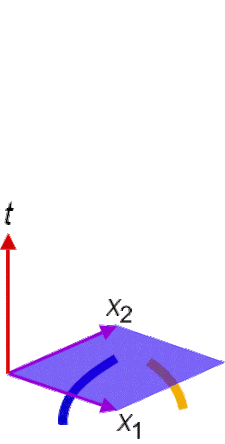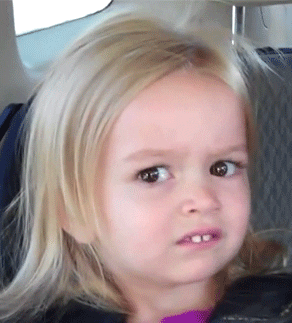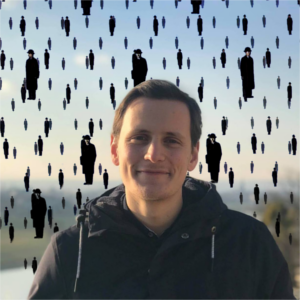 Special: So what is an interaction, anyway?
Special: So what is an interaction, anyway?
- 2 mins I thought it might be a good idea to write down the FAQs I get, so from time to time I will be doing these specials. This way I can also post something some week I can’t make a braid :’).
So, what is an interaction?
Basically, the algorithm counts as an interaction every time that two characters are mentioned consecutively. I know, it doesn’t seem very elegant. But if you think about it twice, every time one character follows another there has to be some connection: they might be talking, fighting, one thinking about the other, ignoring each other… It doesn’t matter how, but if they are presented together by the author, they must be interacting in some way.
Of course this method isn’t perfect, it leaves a lot of she’s and us’s along the way, but I don’t believe that even the most advanced Natural Language Processing is able to distinguish which character a particular he refers to. First person narrators are also tricky with this method, but there are workarounds for this ;).
Anyway, upon inspection the results are always very good, so the algorithm does its work and, at least for some time, will stay the same.
Where did the idea come from?
The idea of the braids comes fundamentally from two very different sources.
The conceptual idea came to me while reading Rafael Chirbes’ La larga marcha. Throughout the first half of this book, the stories of several Spanish families are narrated. I was enjoying the reading very much, but I felt uneasy that they didn’t interact at all. In a novel, I thought, there must be some connection between the characters, they must interact between each other, in one way or another. It was in that moment that I started visualizing some kind of graph that could show these interactions. But I wouldn’t have come out with the definitive shape of the graphs had I not learnt about topological quantum computing during my Physics studies.
To put it simply, topological quantum computing is an hypothetical realization (this is, not achieved experimentally) of quantum computing in which the computations are performed by braiding some special particles (called anyons). If you take an anyon and give it a trip around another anyon, when it comes back to the original position it is no longer in the original state.


Yes, very strange. This exotic property makes anyons suitable for computing things with them, and when the basis of an algorithm is turning things around others you end up with… well, a braid. This was the visual idea I needed to make everything click and start the project.
Finally, the spiral thing… is just for packing the braid in less space and with some sense of continuity. If I have been influenced by anything in this respect is by this Twitter account.
So far this special. Hope that you enjoyed it and, if you want to know about some particular topic, feel free to ask :).
